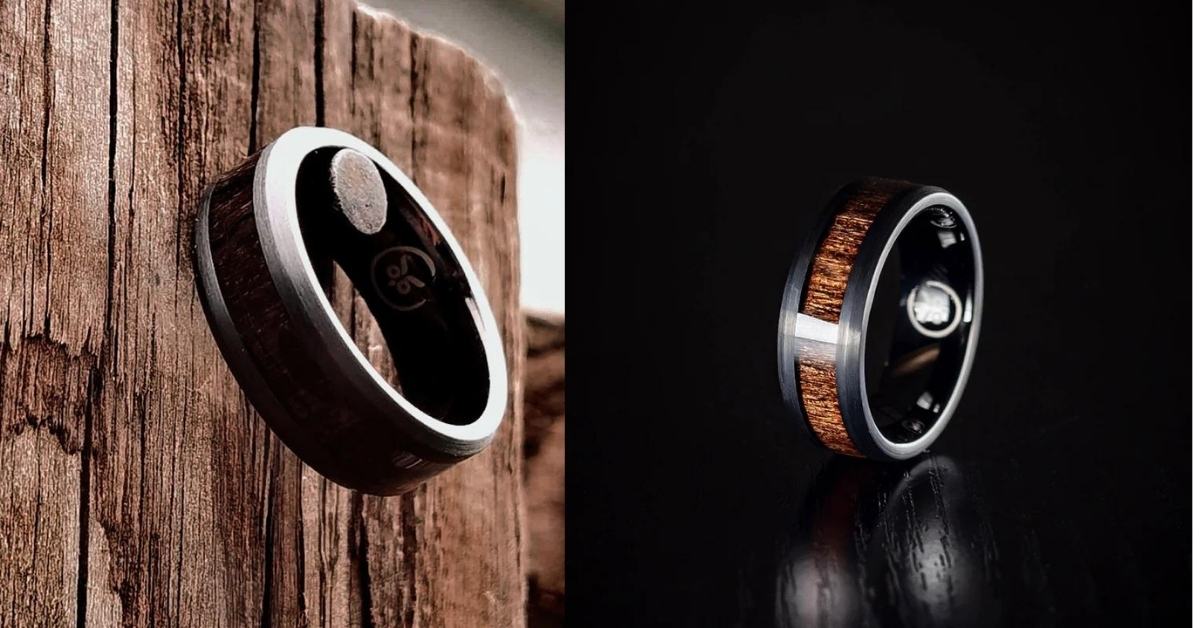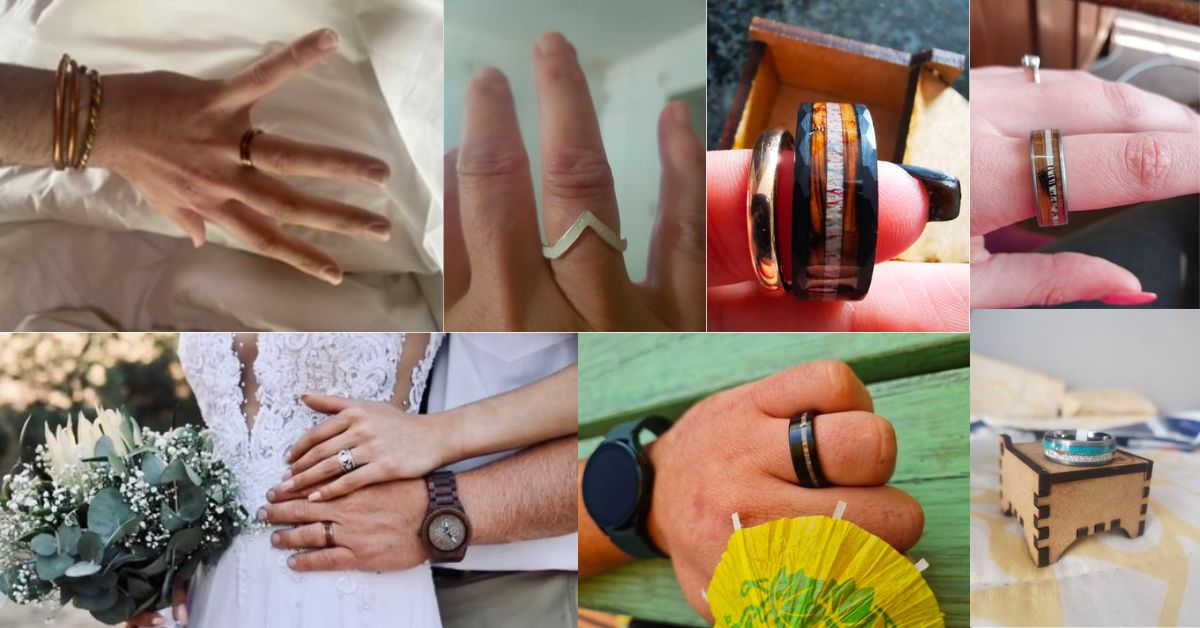
Tungsten Facts You Should Know
Introduction
Tungsten is a hard, brittle metal with a high melting point and tensile strength. Tungsten is one of the most useful metals in the world, with applications ranging from light bulb filaments to X-ray tubes. It is also used in heavy metal alloys such as those containing iron, copper, titanium, or nickel. In this article, we will explore some interesting facts about tungsten!
Tungsten has the highest melting point of all metals.
Tungsten has the highest melting point of all metals, at 6,192 degrees Fahrenheit. This is significantly higher than the melting points of all other metals and nonmetals.
Tungsten has the highest tensile strength of any metal.
Tungsten has the highest tensile strength of any metal. This means that it has the highest resistance to deforming or breaking when it's pulled apart. In fact, tungsten is so strong that it would take about 200 gigapascals (GPa) of pressure to break a 1-mm-thick rod of pure tungsten! That's about 20 times stronger than steel and twice as strong as titanium!
However, this high tensile strength also makes tungsten brittle—it breaks much more easily than other metals do.
Tungsten does not have any known biological use.
Tungsten is not an essential element for life. The lack of a biological function is illustrated by the fact that tungsten does not have any known nutritional use. This means it’s not found in foods, and you can’t get it from eating a balanced diet—you would need to take supplements or directly eat tungsten-rich foods.
According to the World Health Organization (WHO), humans do not require any dietary intake of tungsten at all. The lack of a biological role also means it doesn’t play any part in maintaining good health or disease prevention.
The name tungsten comes from the Swedish words "tung sten", which means "heavy stone."
The name tungsten comes from the Swedish words "tung sten", which means "heavy stone." In 1781, Georg Brandt was working at Uppsala University as a chemistry professor when he discovered tungsten. The process of naming elements was still being figured out, and scientists were in disagreement over what to call this new element. Originally, they named it wolfram after an old German word for tungsten ore (wolframite). Later on, people started calling it Thruringium after a town in Germany where it was first mined. Eventually, scientists decided to rename thuringium as ekaboron and finally settled on just calling it tungsten (heavy stone).
Tungsten is commonly used in incandescent light bulb filaments.
Tungsten is a hard metal with a high melting point. It's commonly used in incandescent light bulb filaments, which makes it an essential part of any home or office. Tungsten is also used in X-ray tubes, electrodes in gas tungsten arc welding (GTAW), and other products that require strong electron emission from their focal point.
It is also used in X-ray tubes and electrodes in gas tungsten arc welding.
Tungsten is also used in X-ray tubes and electrodes in gas tungsten arc welding. Tungsten is also used in light bulb filaments, which are a component of incandescent light bulbs. In addition, since tungsten has the highest melting point of any metal, it is often alloyed with other metals to improve their strength or hardness at high temperatures. For example, tungsten heavy alloys are often used as rocket engine nozzles and jet engine turbine blades because they can handle high heat and pressure without changing shape or cracking.
Some alloys are made using tungsten, including Stellite and Hevimet, which contain tungsten, nickel, and cobalt.
Some alloys are made using tungsten, including Stellite and Hevimet, which contain tungsten, nickel, and cobalt.
Stellite is a hard material that is used to make cutting tools. It's also very strong and has a high melting point of 2,540 degrees Celsius (4,750 degrees Fahrenheit). Hemimet is a hard metal that is used to make jewelry; it has a low melting point of 1,480 degrees Celsius (2,720 degrees Fahrenheit).
It is also used to make heavy metal alloys, including those containing iron, copper, titanium, and nickel.
Tungsten is also used to make heavy metal alloys, including those containing iron, copper, titanium, and nickel. Alloys are made of several different metals mixed together to form a new substance. Tungsten can be used in alloys with any one of these other metals, or with two or more of them at the same time.
Some common examples of tungsten alloys are:
-
Tungsten carbide (a very hard material used for cutting tools)
-
Tungsten bronze (used for bearings)
Pure tungsten has a silver-grey color, while tungsten compounds are often brightly colored.
Pure tungsten is silvery-white, while many of its compounds are brightly colored. For example, the blue-tinted gas used in plasma cutting torches is actually a mixture of argon and hydrogen that contains some molybdenum, an element with similar properties to tungsten. This property makes these gases useful for the creation of energy and plasma cutting.
Nonferrous alloys are made by combining metals like copper or tin with tungsten to create harder materials than might be possible using just one metal alone. These alloys can also be lighter than other options without sacrificing strength or durability; this makes them especially valuable for use in industrial applications where weight must be kept to a minimum without sacrificing safety factors such as impact strength (how well something withstands being hit).Tungsten carbide has been used for decades as an abrasive material because it lasts longer than other alternatives like sandpaper when grinding away at surfaces so they can be smoothed into place more easily before painting or polishing takes place—which means less time spent doing repetitive tasks yourself instead!
Tungsten electrodes are often used in GMAW welding processes because they create less heat when ignited compared with steel electrodes; this allows them to work better at higher amperage levels without damaging whatever surface you're working on right now!
Tungsten can be found in rocks, soils, plants, and animals.
Tungsten is a trace element that can be found in rocks, soils, and plants. However, it is not considered essential for human health or toxic to humans.
In the US, Colorado and Utah have produced about half of the world's tungsten concentrates since 1900.
In the United States, Colorado and Utah have produced about half of the world's tungsten concentrates since 1900. Other countries that produce tungsten include Thailand and Bolivia.
Other countries that produce tungsten include Thailand and Boliva.
Tungsten is also produced in Bolivia, Thailand, Australia, and Russia.
Bolivia is the world's largest producer of tungsten, followed by China, Russia, Canada, and Australia. The country produces more than half of the world's supply annually. China, on the other hand, has been increasing its production over the past few years and now makes more than half of the world's supply every year.
Conclusion
Tungsten is a metal that has many uses and can be found in almost every part of our lives. It is used in incandescent light bulbs, X-ray tubes, electrodes for arc welding and other alloys that contain iron, copper or nickel. Tungsten compounds are often brightly colored due to their chemical composition.



